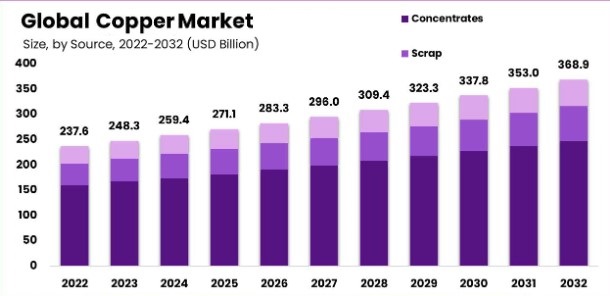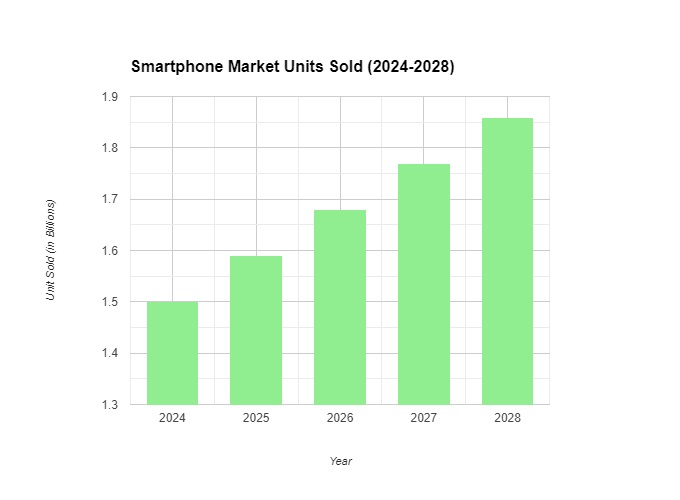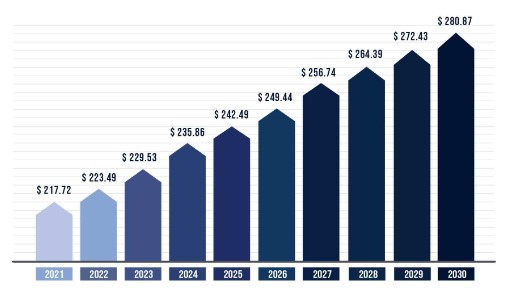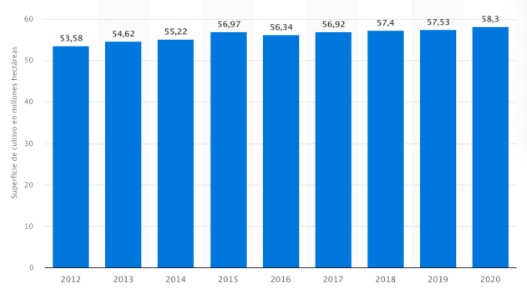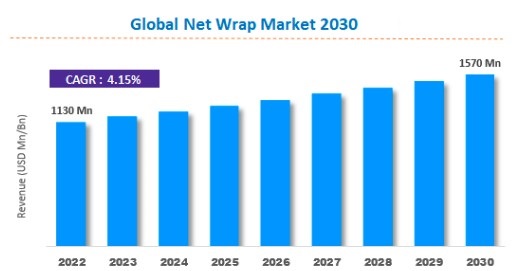Introduction:
In recent years, the global healthcare landscape has undergone a significant transformation with the surge in medical tourism. This burgeoning industry has gained immense popularity as individuals increasingly seek high-quality and cost-effective medical treatments across international borders. In this article, we will explore the current market size, growth projections, and key trends shaping the future of the medical tourism sector, providing insights into the dynamic landscape of health tourism.
Medical Tourism Market Size and Growth:
The medical tourism market has witnessed remarkable growth over the past decade, with the latest statistics indicating a continuous upward trajectory. The global medical tourism market reached an impressive USD 84.92 billion in 2024 and is projected to surpass USD 239.37 billion by 2029, reflecting a substantial compound annual growth rate (CAGR) of 23.03%. This rapid expansion underscores the growing acceptance and popularity of medical tourism among patients worldwide.
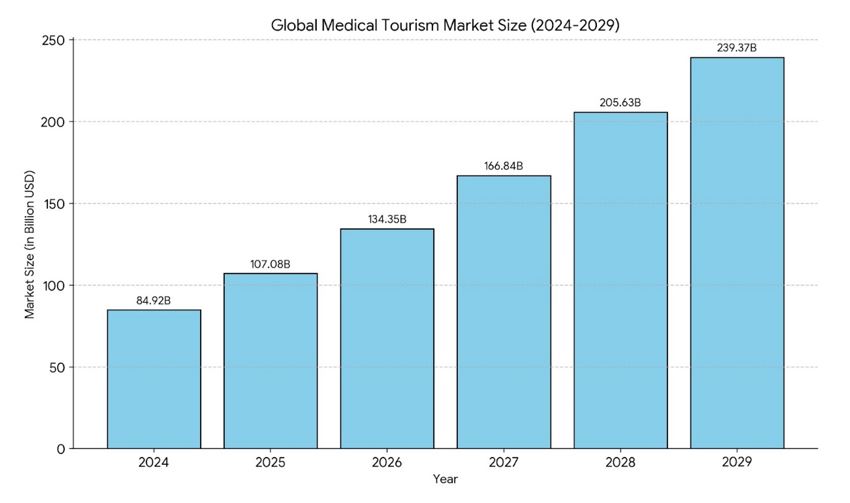
Factors Driving Growth:
Several factors contribute to the flourishing medical tourism market:
- Cost-effectiveness: The significant cost disparity between healthcare services in developed and developing countries incentivizes patients to seek affordable yet quality healthcare abroad.
- Increased Accessibility: Advances in technology and transportation have made international travel more accessible and affordable, facilitating medical tourism for patients across geographical boundaries.
- Improving Quality Standards: Developing countries are heavily investing in healthcare infrastructure, leading to improved facilities, advanced technologies, and a skilled medical workforce, making them attractive destinations for medical tourists.
- Aging Population: The rising global population and increasing life expectancy create a higher demand for healthcare services, including specialized procedures. Medical tourism offers an alternative for individuals facing long wait times or limited access to certain treatments in their home countries.
Medical Tourism Market Trends:
The medical tourism industry is experiencing several noteworthy trends:
- Shifting Destination Landscape: While traditional destinations like Thailand, India, and Singapore remain popular, emerging players like Costa Rica, Malaysia, and the Philippines offer competitive pricing and high-quality care.
- Rise of Specialization: Hospitals are increasingly focusing on specific specialties, such as cardiology, orthopedics, and fertility treatments, catering to the diverse needs of medical tourists.
- Focus on Patient Experience: Providers prioritize patient experience by offering packages that include accommodation, transportation, language assistance, and post-treatment follow-up care.
- Integration with Technology: The rise of telehealth consultations and online appointment booking systems streamlines the medical tourism process, making it more convenient and accessible for patients.
- Growing Focus on Wellness: The boundaries between medical and wellness tourism are blurring, with patients seeking combined packages that offer medical procedures alongside wellness programs and spa treatments.
Wellness Industry Outlook:
The future of medical tourism industry appears promising, fueled by continuous growth and evolving trends. As healthcare costs rise, and patients become more aware of global treatment options, the demand for medical tourism is expected to remain robust.
However, challenges must be addressed to ensure the sustainable and ethical growth of the industry:
- Regulation and Standardization: Ensuring consistent quality standards and ethical practices across healthcare providers and destinations remains crucial.
- Patient Safety: Addressing concerns about potential risks associated with traveling for medical procedures and ensuring robust post-treatment follow-up is essential.
- Transparency and Communication: Providing clear information about costs, procedures, and potential risks is crucial for building trust and creating positive patient experiences.
By mitigating these challenges and embracing evolving trends, the medical tourism industry can continue to provide patients with affordable, high-quality healthcare options and a unique opportunity to combine medical procedures with travel and cultural experiences.


